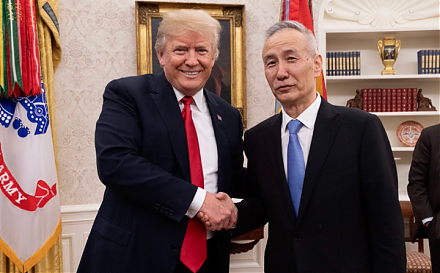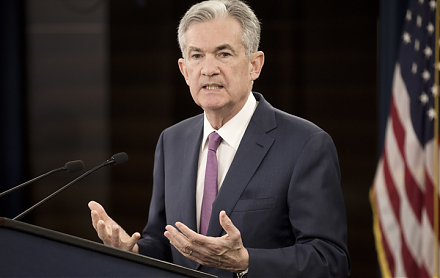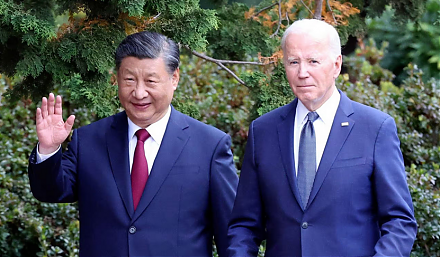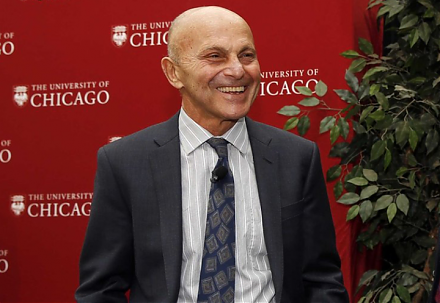

2019-02-17 14:40:00 Sun ET
technology social safety nets education infrastructure health insurance health care medical care medication vaccine social security pension deposit insurance
U.S. economic inequality increases to pre-Great-Depression levels. U.C. Berkeley economics professor Gabriel Zucman empirically finds that the top 0.1% richest adults own about 25% of total household wealth in America (in accordance with a similar economic inequality situation back in the 1920s).
When we broaden the core definition of the upper socioeconomic echelon, the top 1% richest households own 40% of national wealth as of 2016. This high wealth share compares with the 25%-30% thresholds back in the 1980s. Over the past 30 years, the bottom 90% household wealth share has significantly declined in similar proportions. Russia is the only comparable country with similar wealth inequality. The current Zucman empirical study resonates with the main themes of persistent global economic inequality in the recent book, Capital in the new century, written by Thomas Piketty. The root causes of U.S. income and wealth inequality include information technology adoption, elite education, high-skill human capital shortage, and talent concentration.
The government can design affordable college and graduate school education for young adults to better prepare for their vocational pursuits. Ubiquitous information technology adoption allows fresh talents to better appreciate the knowledge-driven productivity gains from robotic automation, artificial intelligence, and smart data analysis etc.
If any of our AYA Analytica financial health memos (FHM), blog posts, ebooks, newsletters, and notifications etc, or any other form of online content curation, involves potential copyright concerns, please feel free to contact us at service@ayafintech.network so that we can remove relevant content in response to any such request within a reasonable time frame.
2018-10-17 12:33:00 Wednesday ET

The Trump administration blames China for egregious currency misalignment, but this criticism cannot confirm *currency manipulation* on the part of the Chin
2019-09-09 20:38:00 Monday ET

Harvard macrofinance professor Robert Barro sees no good reasons for the recent sudden reversal of U.S. monetary policy normalization. As Federal Reserve Ch
2024-02-05 11:26:00 Monday ET

China poses new economic, technological, and military threats to the U.S. and many western allies. In the U.S. government assessment, China poses new eco
2017-12-01 06:30:00 Friday ET

Dr Kai-Fu Lee praises China as the next epicenter of artificial intelligence, smart data analysis, and robotic automation. With prior IT careers at Apple, M
2019-05-02 13:30:00 Thursday ET

Netflix has an unsustainable business model in the meantime. Netflix maintains a small premium membership fee of $9-$14 per month for its unique collection
2019-08-22 11:35:00 Thursday ET

Fundamental factors often reflect macroeconomic innovations and so help inform better stock investment decisions. Nobel Laureate Eugene Fama and his long-ti